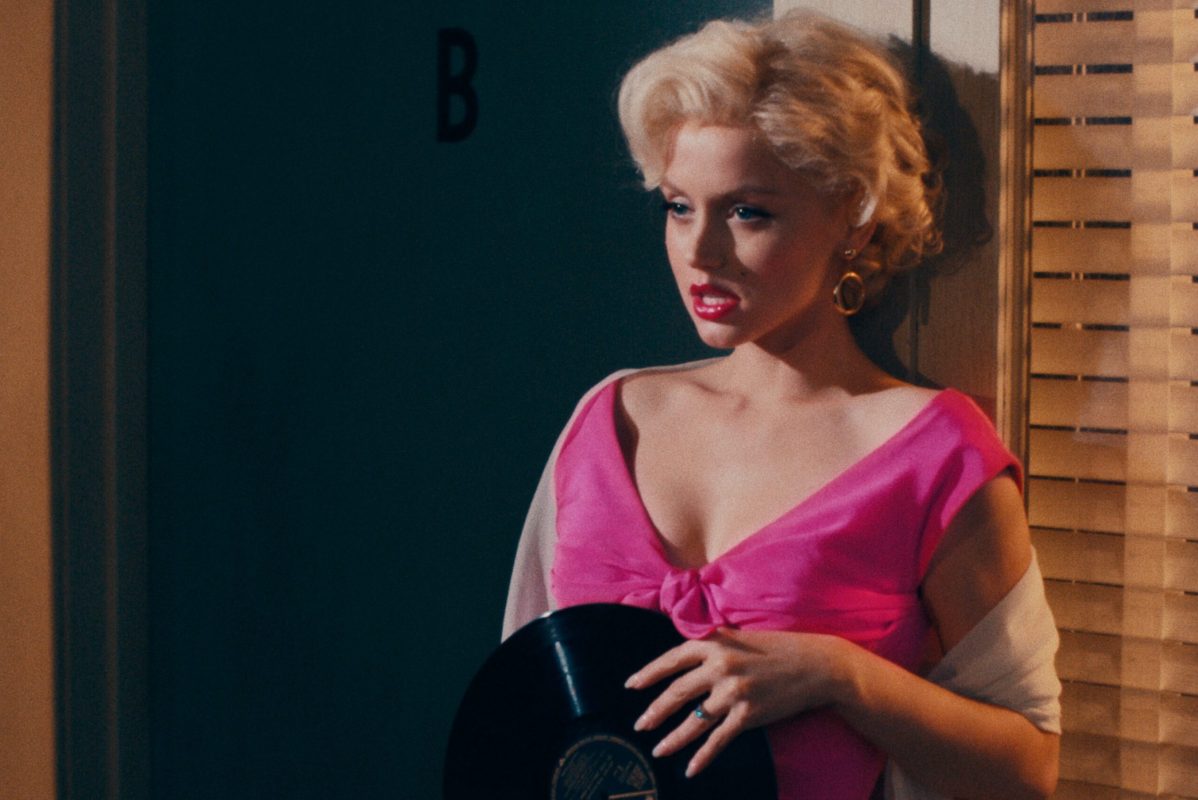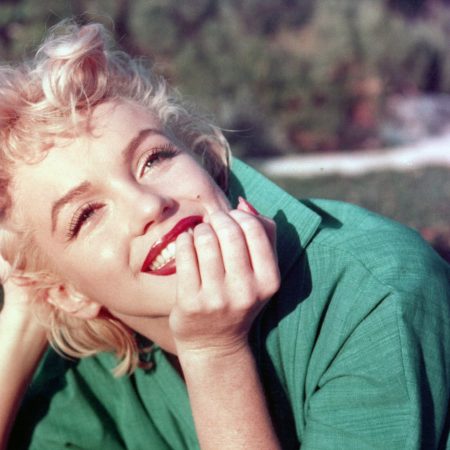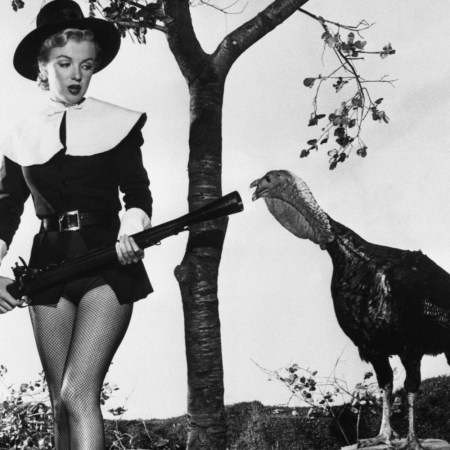Back in September, Netflix released Blonde, the controversial NC-17 take on Marilyn Monroe’s life, and to say it went over like a lead balloon is a bit of an understatement. The film — a heavily fictionalized story based on the Joyce Carol Oates novel of the same name — currently has just a 42% on Rotten Tomatoes (and an even lower Audience Score of 32%). Critics panned the Ana de Armas movie for being nothing more than exploitation, but director Andrew Dominik seems to have a different theory as to why it bombed.
In a recent interview, Dominik claimed he was “really pleased” that his film “outraged so many people.” The movie caught heat for its extremely graphic — and again, to be clear, fictional — scenes depicting Monroe having an abortion and, later on, being raped by John F. Kennedy.
“Now we’re living in a time where it’s important to present women as empowered, and they want to reinvent Marilyn Monroe as an empowered woman. That’s what they want to see. And if you’re not showing them that, it upsets them,” Dominik said. “Which is kind of strange, because she’s dead. The movie doesn’t make any difference in one way or another.”
“What they really mean is that the film exploited their memory of her, their image of her, which is fair enough,” he continued. “But that’s the whole idea of the movie. It’s trying to take the iconography of her life and put it into service of something else, it’s trying to take things that you’re familiar with, and turning the meaning inside out. But that’s what they don’t want to see.”
First of all, what does the fact that she’s dead have anything to do with why we should be okay with all of this? If someone’s no longer alive to defend their own legacy, it’s fine to twist and distort it as you see fit? Monroe was the biggest sex symbol of the 20th century, and she came up in a time when women were still primarily seen as objects; of course re-examining her life and her work through a modern, feminist lens — recognizing her talent and her shrewd business sense — is a worthy endeavor. Only a man would think it “doesn’t make any difference in one way or another.”
And furthermore, perhaps it’s not that audiences want to “reinvent” Monroe as “an empowered woman” — which, by the way, she was in many ways, owning her sexuality and even demanding equal pay — so much as it’s simply that they don’t want to spend close to three hours watching her be re-objectified and abused in graphic, excruciating detail. The Monroe in Blonde lacks the charm and nuanced personality of the real-life actress; here, she’s barely a person. As one critic described it, “The movie turns Monroe into an avatar of suffering, brought low by a miserable childhood, a father she never knew and an industry full of men who abused and exploited her until her death in 1962, at the age of 36. There’s truth to that story, of course, but it’s hardly the only truth that can be drawn from Monroe’s tough life and extraordinary career. It’s also an awfully tedious note to keep hitting for nearly three hours.”
Thanks for reading InsideHook. Sign up for our daily newsletter and be in the know.

















